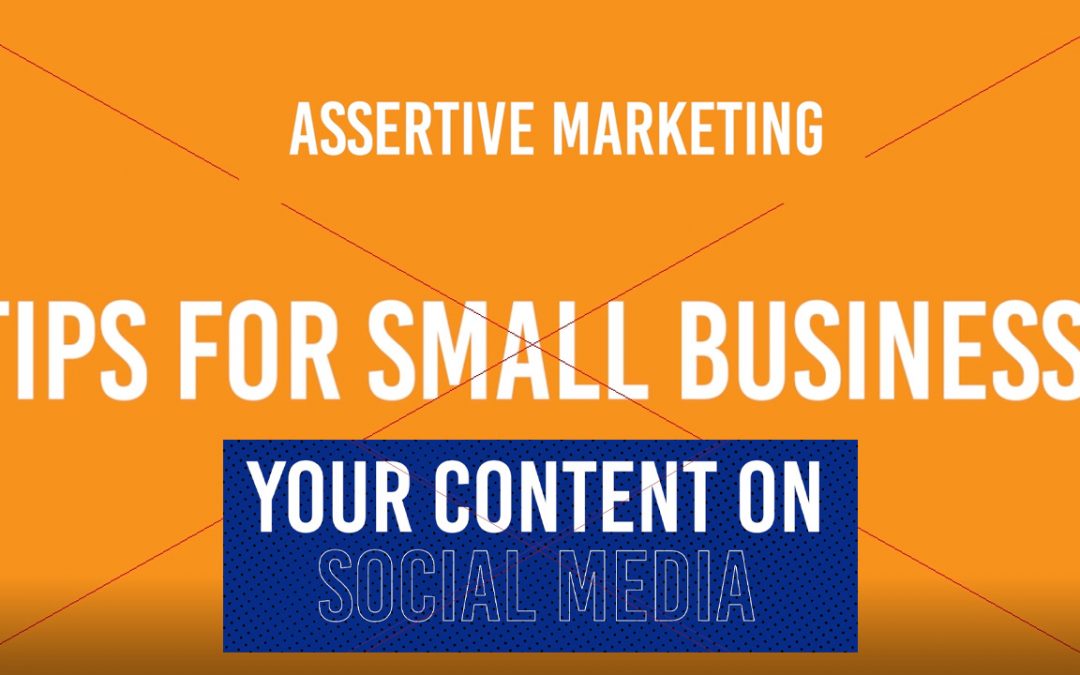
B2B and Manufacturing marketing

B2B and Manufacturing marketing comes with distinctive challenges. From intricate internal and external relationships to prolonged sales cycles and the unique nature of complex products. Navigating this landscape requires tailored strategies. Here are some of the specific hurdles faced by manufacturing marketers and some solutions to combat these issues.
1. Complex Relationships:
The Problem:
B2B marketers face unique challenges, including complex relationships within the organization (e.g., with sales) and external connections with vendors, supply chains, and clients. According to Hubspot data, only about half of B2B marketers feel effective collaboration with sales teams.
The solution to this:
Using a Customer Relationship Management (CRM) system can help a lot if you’re a B2B or manufacturing marketer dealing with complicated relationships. This tool keeps all your important info in one place, helps you work better with others, gives you insights from data. So, it makes handling tricky connections easier, helping everyone in the team work together better.
2. Contracts are already in place:
The Problem:
Most B2B businesses already have a preferred supplier who they have a good relationship with. Many are not looking for a new supplier and will only do so when something goes wrong with their current supplier.
The solution to this:
Proactively focus on building brand awareness and credibility. Create informative content, actively participate in industry events, maintain a strong online presence, and gather client testimonials. By consistently showcasing your expertise and unique offerings, you increase the likelihood of being considered as a valuable alternative, even when businesses are not actively seeking a new supplier.
3. Specific Needs in Manufacturing:
The Problem:
Manufacturing marketers have specific needs. Unlike consumer marketing’s emphasis on website traffic, manufacturers can’t solely drive traffic to a site; considerations include business niche, limiting public-facing information, and customizing client interactions.
The solution to this:
Create helpful content about your industry, like blog posts and case studies. You can share this content on social media and via email. This way, you don’t have to rely only on website visits. Plus, it lets you talk to clients in a way that suits their needs, making the brand a go-to source in the industry.
4. Long Sales Cycles:
The Problem:
B2B business often involves long sales cycles, where B2B marketing focuses on brand awareness and lead generation. Leads generated require nurturing over weeks, months, or even years before deals close. This puts pressure on the ROI with your marketing.
The solution to this:
A solution is to implement a strong content marketing strategy. By creating valuable content tailored to different buyer journey stages, such as guides and case studies, marketers can keep potential clients engaged over time. Additionally, fostering direct and personalized communication through regular check-ins and industry events contributes to building trust.
5. Complex Products:
The Problem:
Manufacturing businesses selling complex products may not succeed in direct online sales to B2B buyers. Consideration of buyer interactions in the early stages of the buying journey is crucial.
The solution to this:
For manufacturing businesses dealing with intricate products and services, the personalized touch beats just putting everything online. Engage directly with buyers, take the time to delve into their unique needs, and offer tailored advice to enhance their specific situation. This thoughtful approach goes beyond a standard online transaction, fostering a more meaningful connection with clients.
6. More Stakeholders to Convince:
The Problem:
Business buying decisions in medium and large companies involve multiple steps, requiring continuous marketing support throughout the process.
The solution to this:
A content-driven marketing strategy is key. Generate insightful content like case studies and thought leadership pieces emphasizing the unique benefits of choosing your business. Share this content strategically across different channels to consistently reinforce your value proposition. Additionally, prioritize personalized communication, tailoring messages to address the specific needs of potential clients. By establishing your brand as a reliable and valuable partner over the long term, you can influence business buying decisions, even in the presence of preferred suppliers.
In summary, marketing in manufacturing, presents unique challenges requiring tailored strategies. From intricate relationships to specific needs and prolonged sales cycles, success lies in adaptability and innovation. As we conclude, we salute the resilience of B2B and manufacturing marketers navigating this dynamic landscape.






